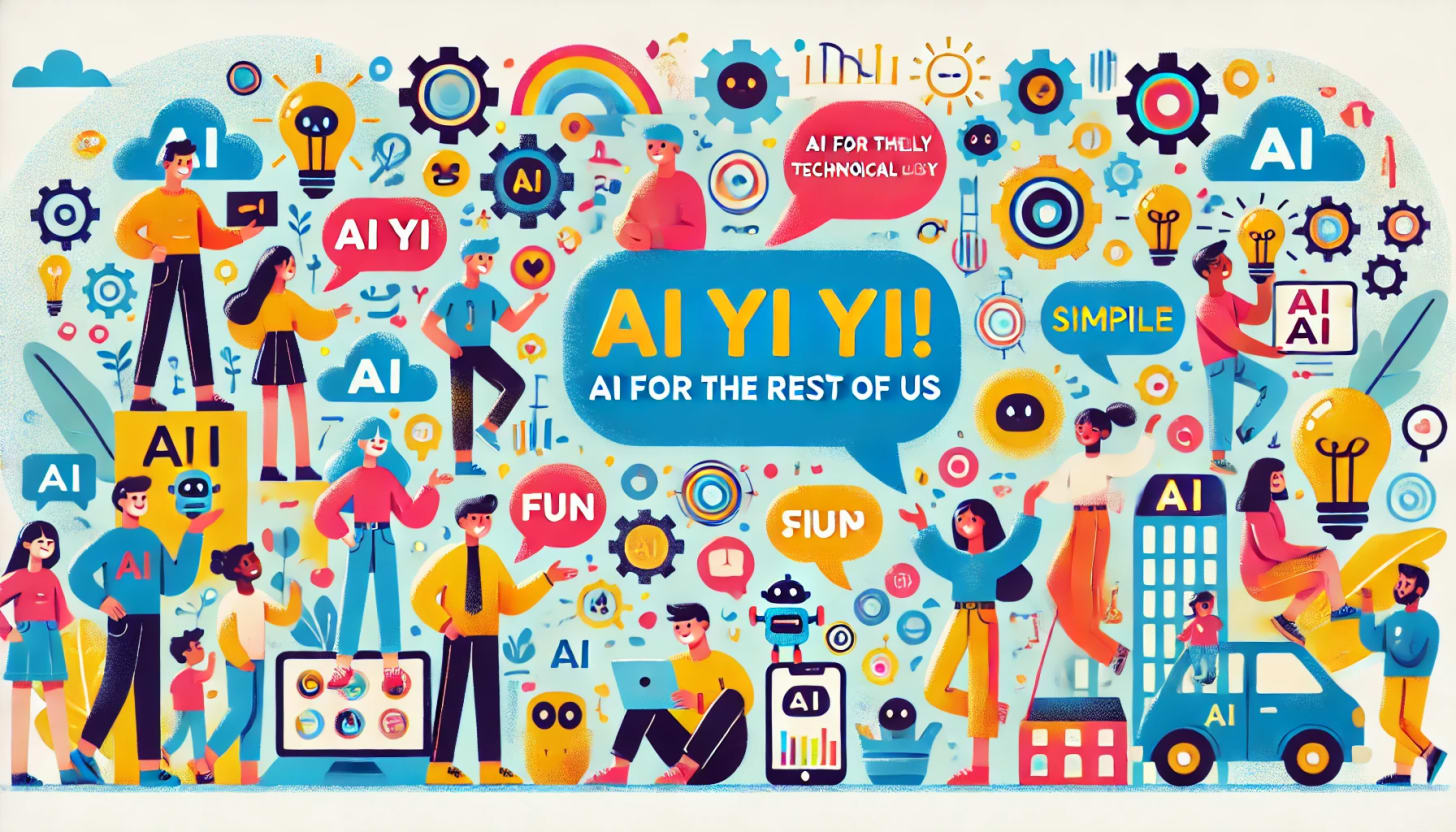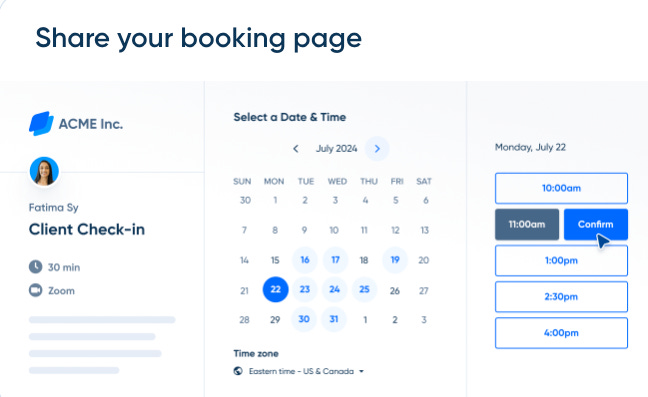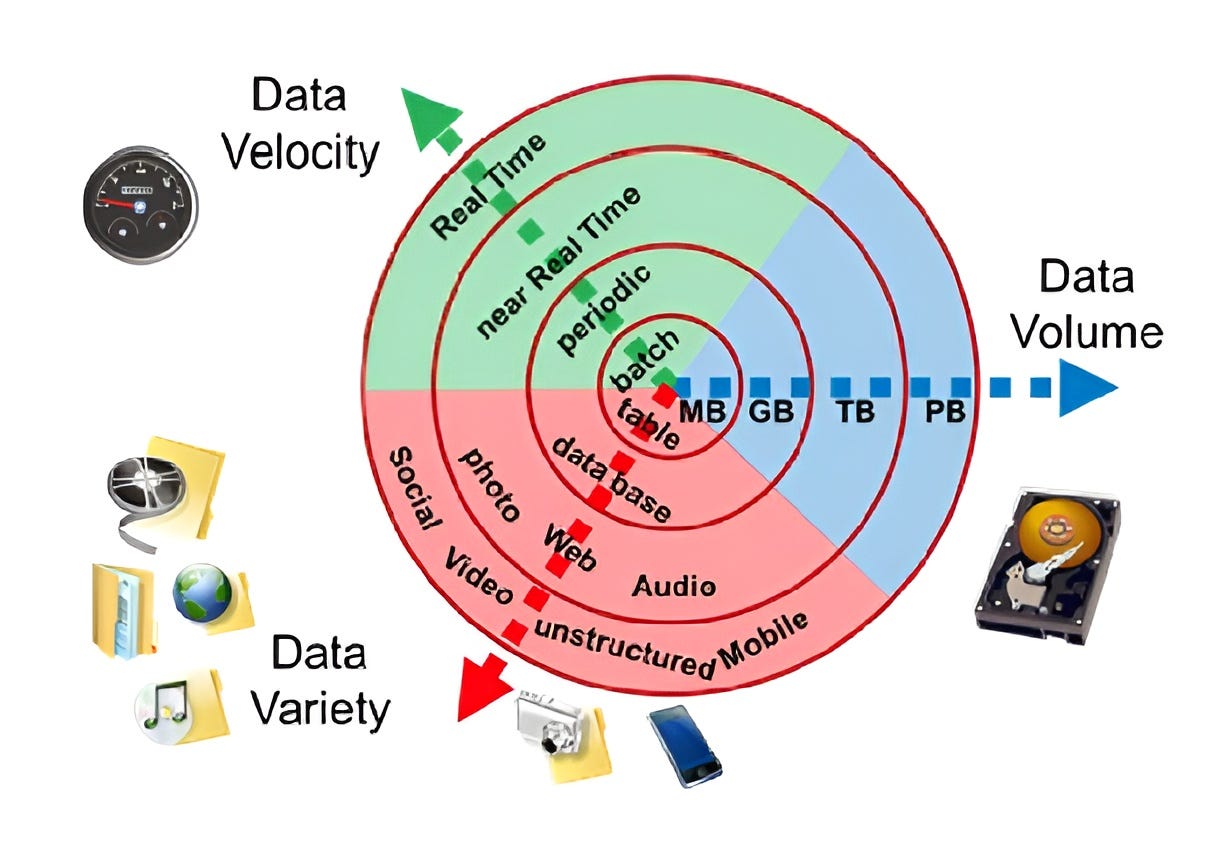Transformer-based neural networks. Tokenized input sequences. Multi-headed self-attention layers. Positional encodings. Contextual word embeddings. Zero-shot learning. Cross-entropy loss functions. Gradient descent optimization. Hyperparameter tuning strategies. Adversarial training techniques.
Wow. That’s a mouthful, right?
Look, you don’t need to understand every technical detail about AI to use it effectively. Most of the people out there building businesses, managing teams, or even just organizing their day with AI don’t know the ins and outs of neural networks or tokenized inputs either.
And guess what? They don’t have to!
Many of the AI tools available now—and even more new ones arrive every week—are designed for you, the regular user. They’re made to simplify your work, help you make better decisions, and save you time. Whether it's automating tasks with a chatbot, using an AI assistant to handle scheduling, or tapping into some predictive analytics for your business, you just need to know what you want to get done. The tech behind it? Let the engineers, data scientists, and all the other big brains sweat that stuff.
And that’s where AI Yi Yi! comes in: to keep you informed about the basic nuts and bolts of incorporating AI into your everyday life.
So what can you expect each Tuesday when the latest AYY! newsletter is delivered to your email inbox?
AI You Can Use – No PhD required. I’ll spotlight the AI tools that are ready to make your life easier—whether you’re trying to run a business or just get your inbox under control.
AI in the Wild – Real people. Real use cases. How folks from all walks of life are getting stuff done with AI—without drowning in jargon or overblown promises.
Cutting Through the AI BS – I’ll take one overhyped AI buzzword or concept each week, break it down, and tell you what you need to know about it—minus the eye-glazing technical mumbo jumbo.
Buckle up, buttercup, because AI’s here to stay. Subscribe to AI YI YI! to get the most out of your ride along the way.
Still not convinced? Here’s a brief preview of what you can expect.
AI You Can Use
Calendly: Because You’ve Got Better Things to Do Than Play Email Tag
Calendly is your no-nonsense solution to stop wasting time on endless email chains just to book a meeting. Whether you're locking in a client call or wrangling your team’s schedules, Calendly handles it so you can get back to doing actual work. If you’re tired of playing calendar Tetris, this tool is your new best friend.
It’s part of that whole automation wave everyone’s buzzing about, and guess what? That’s AI-lite for the rest of us. Calendly’s features work to make life easier, like auto-scheduling across time zones—so no more screwing up international calls. For small businesses, it’s a lifesaver: you can set up different meeting types, like quick chats or full consultations, and it handles all the reminders so you don’t have to babysit clients. Plus, if you're just trying to wrangle your personal life, it’s perfect for getting those coffee meetups or doctor appointments on the books without 10 texts back and forth.
So, does it technically use AI? Not in the “Skynet world-domination” sense, but its smart suggestions pick the best meeting times, saving you from endless back-and-forth. It’s not full-blown AI, but for making life easier, it’s intelligent automation done right—and honestly, that’s all you really need.
Plans range from free for individual use to enterprise-level for large businesses.
AI in the Wild
Lemonade Insurance: AI That Pays Claims in Seconds, Not Weeks
Lemonade Insurance is rewriting the rulebook on how insurance operates, and the implications for other industries are hard to ignore. Their in-house AI chatbot, Maya, isn’t just a gimmick; it’s a game changer. From sign-up to claim payouts, Maya moves at lightning speed.
Take a recent claim for a stolen jacket, for instance. The customer had their payout processed in just three seconds. THREE. Compare that to the legacy insurance firms that make you endure a bureaucratic gauntlet for weeks. This is a stark reminder: speed and efficiency can—and should—be standard, not a luxury.
Maya does more than just sign you up or pay claims fast—it processes millions of data points in seconds. By crunching all that data, costs stay low while making sure scammers don’t screw over the system for the rest of us. This isn’t just fast service; it’s AI transforming an industry that used to run at a snail’s pace.
For businesses across multiple sectors, Lemonade serves as a potent case study. The message is clear: Invest in technology that enhances customer experience and operational efficiency. Embrace data analytics to understand your market better and protect your business from bad actors. The future is here, and everyone is going to have to catch up.
Cutting Through the AI BS
What is “Big Data”? (And What’s It to You?)
“Big data” gets tossed around ad nauseam like it’s some magic key to unlocking the future. That is, there have been endless industry cocktail parties with an infinite number of generic tech bros saying some variation of “What do I do? Just harness the power of big data to generate frictionless synergies and disrupt conventional models with cutting-edge predictive insights.”
(Doesn’t everybody hate those guys?)
The term "big data" originated in the 1990s and gained widespread recognition in the early 2000s when Doug Laney of Gartner formalized the concept by defining it with the three V's: volume (the sheer amount of data), velocity (the speed at which data is generated and processed), and variety (the different types of data).
So, what exactly is big data? It’s the term used for those massive, intricate data sets that traditional tools just can’t handle. For businesses trying to navigate this landscape, data generally falls into three distinct buckets:
Structured Data—This is your bread and butter. Highly organized and easily searchable, structured data lives in databases or spreadsheets. Think financial records, inventory stats, and sales transactions. It’s straightforward and, frankly, the low-hanging fruit.
Unstructured Data—Here’s where it gets messy. Unstructured data lacks a predefined format, making it trickier to analyze. This category includes everything from emails and product images to social media chatter. It’s chaotic but holds a treasure trove of insights if you know how to mine it.
Semi-Structured Data—Now we’re in the gray area. This data has some organizational elements but doesn’t fit neatly into a rigid structure. Examples include JSON data from mobile apps, log files from web servers, and sensor data from IoT devices in manufacturing. It’s a mixed bag, but it’s increasingly important as we dive deeper into the digital age.
At the end of the day, big data by itself is just white noise—an information overload devoid of context. Too many companies hoard mountains of data without any idea of what to do with it. That’s why they have to get savvy and leverage AI’s power to unlock the hidden value already at their fingertips.
Found what you’ve read useful? Feel free to share this newsletter so everyone can drive their own AI train instead of being run over by it.
Mark Roy Long is Senior Technical Communications Manager at Wolfram, a leader in AI innovation. His goal? To show how AI can be simple to use, accesible, and accessible.




